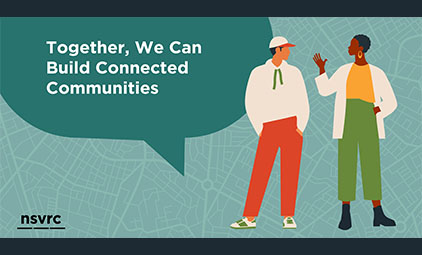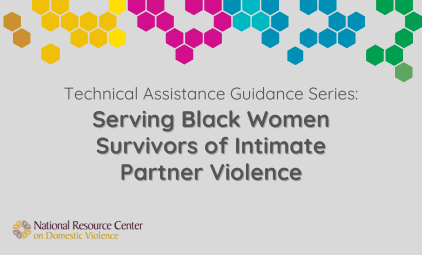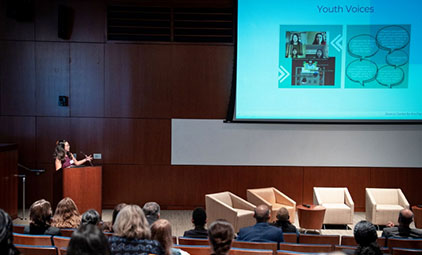This paper provides an update to Mary Gilfus’ (2002) publication on the pathways from victimization to incarceration among women and girls, based on the relevant research published in the past 12 years. This research provides additional findings about the extent of victimization experienced by women and girls under correctional control, and a deeper understanding of the ways in which experience of victimization can lead to incarceration. Understanding these pathways and risk factors for incarceration can inform approaches to working with, and on behalf of, women and girls who have been incarcerated or who are at risk of incarceration.
Research Findings
- Recent research finds that the vast majority of incarcerated women reported having experienced some form of interpersonal trauma in their lifetimes prior to their incarceration. Experiences of physical or sexual violence in childhood are reported by approximately 60-70% of incarcerated women or girls. Experiences of adulthood intimate partner violence are reported by approximately 70-80% of incarcerated women.
- There are multiple pathways from victimization to incarceration among women and girls:
- Many of the behaviors that lead to arrest and incarceration of women and girls – including running away/ fleeing, self-medicating with drugs to dull psychological and physical pain, and using violence in defense or retaliation – are strategies that women and girls use for coping with and escaping violence and abuse.
- Victimization can lead to economic strain and limited opportunities for financial independence, leaving women and girls to engage in criminalized activities such as drug sales, commercial sex work, and theft or fraud.
- Abusive partners or caregivers may coerce women and girls into criminalized activity (such as violence, theft, commercial sex work, drug sale), or into taking the blame for such activities, under threat of further violence.
- Abusive partners may also falsely accuse women of engaging in criminalized activities and manipulate the criminal legal system to have women arrested and incarcerated.
- Criminal legal system policies and practices may fail to recognize the relevance of victimization in the context of women’s and girls’ behaviors and experiences.
Additionally, bias and prejudice may increase vulnerability to incarceration among women and girls who are homeless, experiencing mental distress, and using substances, all of which are associated with victimization, as well as those who are marginalized through race, ethnicity, immigration status, and other demographic factors.
Conclusions
Recognizing the context of victimization is critical in understanding girls’ and women’s actions and experiences, particularly with regard to involvement in the criminal legal system. In cases of women accused of or charged with crimes, it is important to assess for abuse, coercion, self-defense, and system manipulation, and to understand and recognize direct and indirect effects of victimization and cumulative trauma. Timely, sufficient, and effective protection and support interventions may help to reduce women’s engagement with criminal activity. Additionally, thorough and sensitive individualized case assessment can help to avoid unjustified or misapplied incarceration. Services in correctional settings, and to assist women post-release from correctional settings, may help girls and women achieve recovery and independence.
| Attachment | Size |
|---|---|
| Women’s Experiences of Abuse as a Risk Factor for Incarceration: A Research Update | 496.4 KB |













